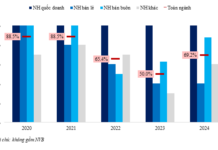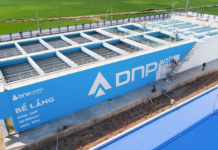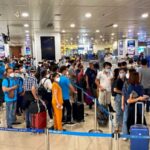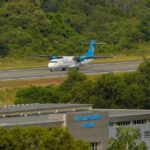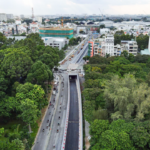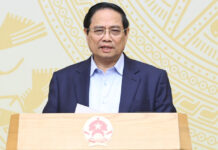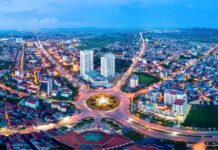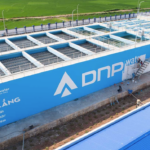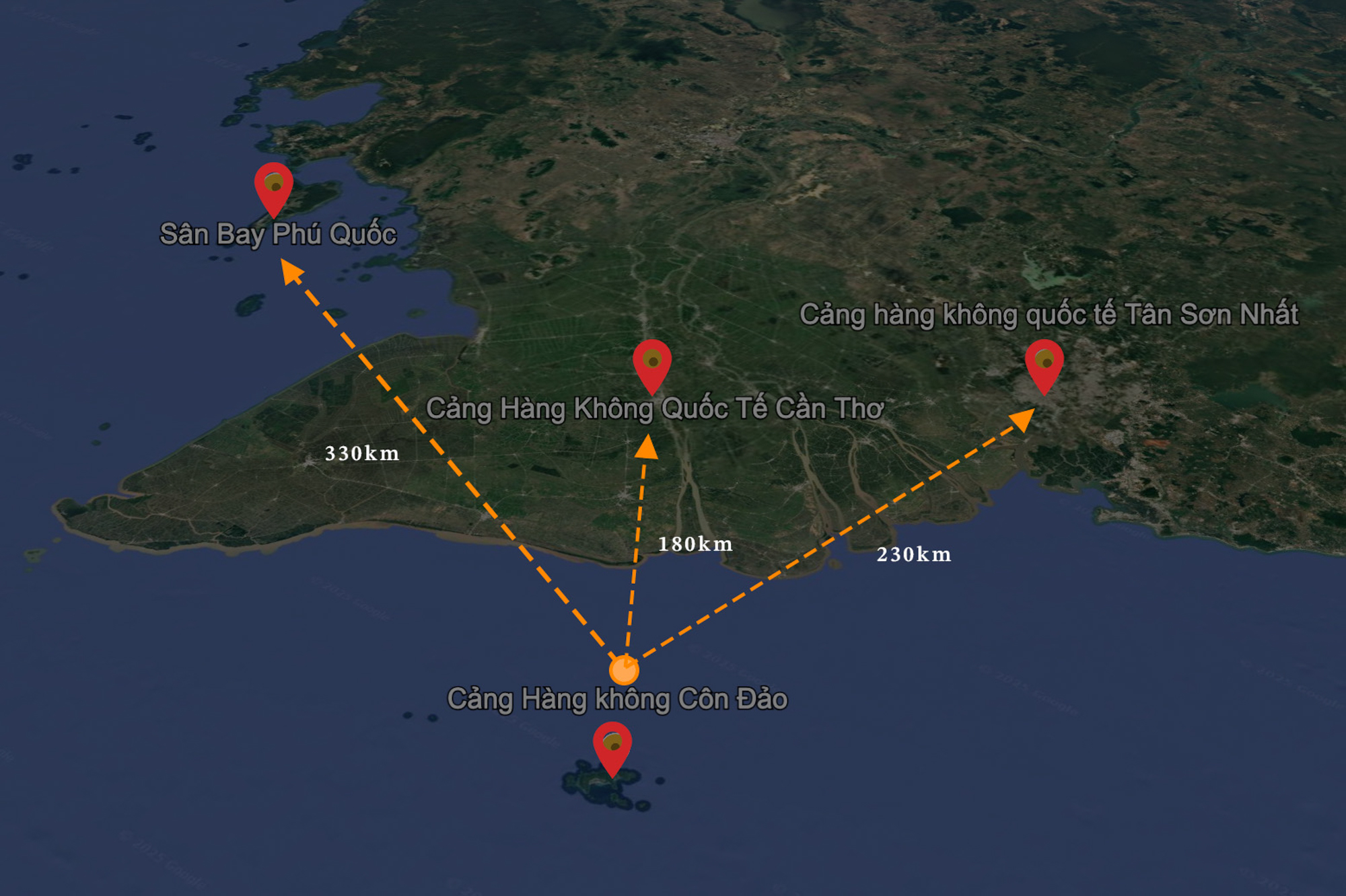
The Con Dao Airport, now part of the Con Dao Special Zone (Ho Chi Minh City), has become the only airport with domestic flights, connecting to Tan Son Nhat Airport.

Con Dao Airport is a rare airport with a runway by the sea, offering a unique experience for travelers to enjoy beach activities while watching planes take off and land overhead. Photo by Nguyen Thi Diep Anh.
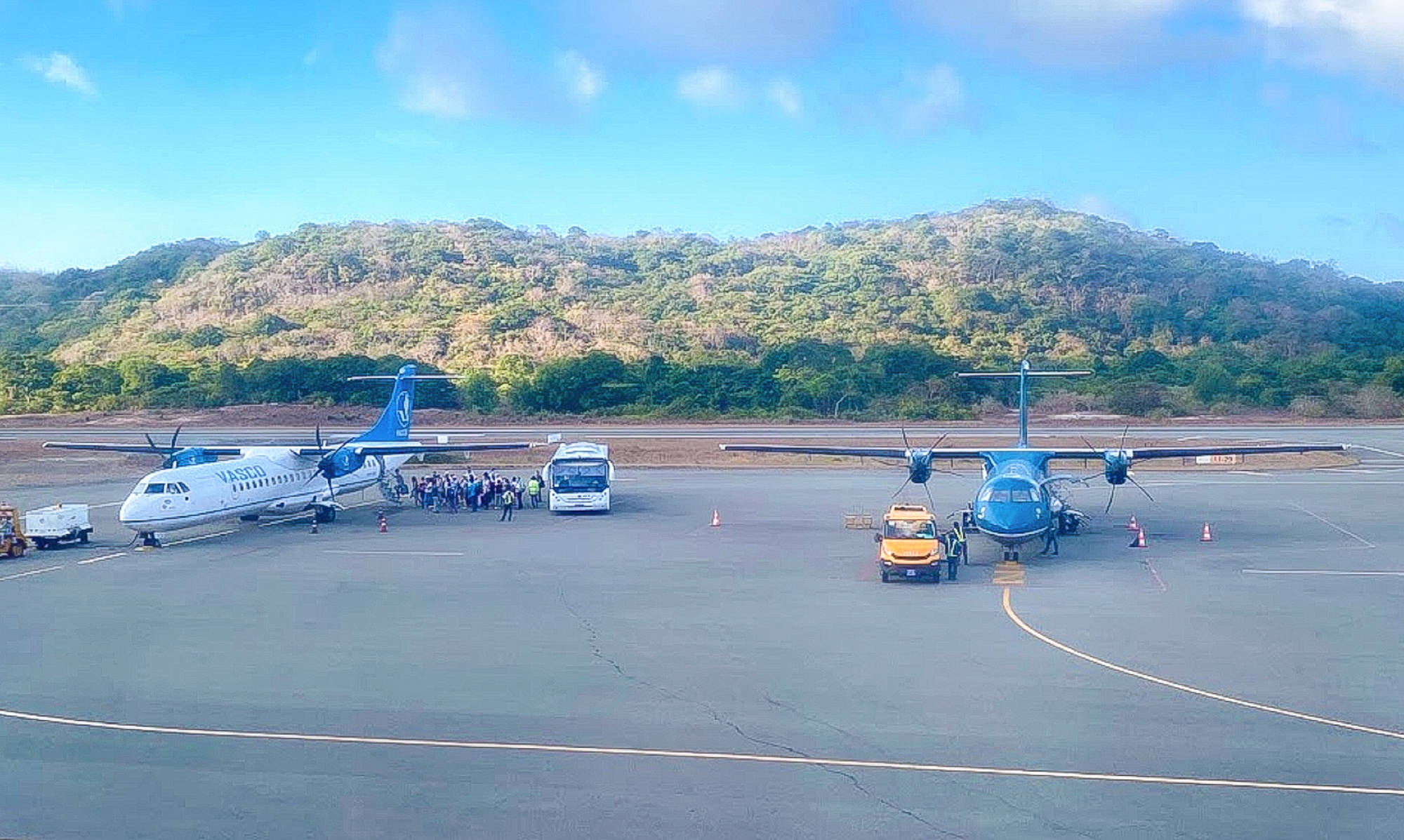
Initially built by French colonists for military purposes, the airport was renovated and upgraded in 2003 to serve civil aviation. However, it remains a small airport with an 1,800-meter runway, only half the length of those at Noi Bai and Tan Son Nhat airports.
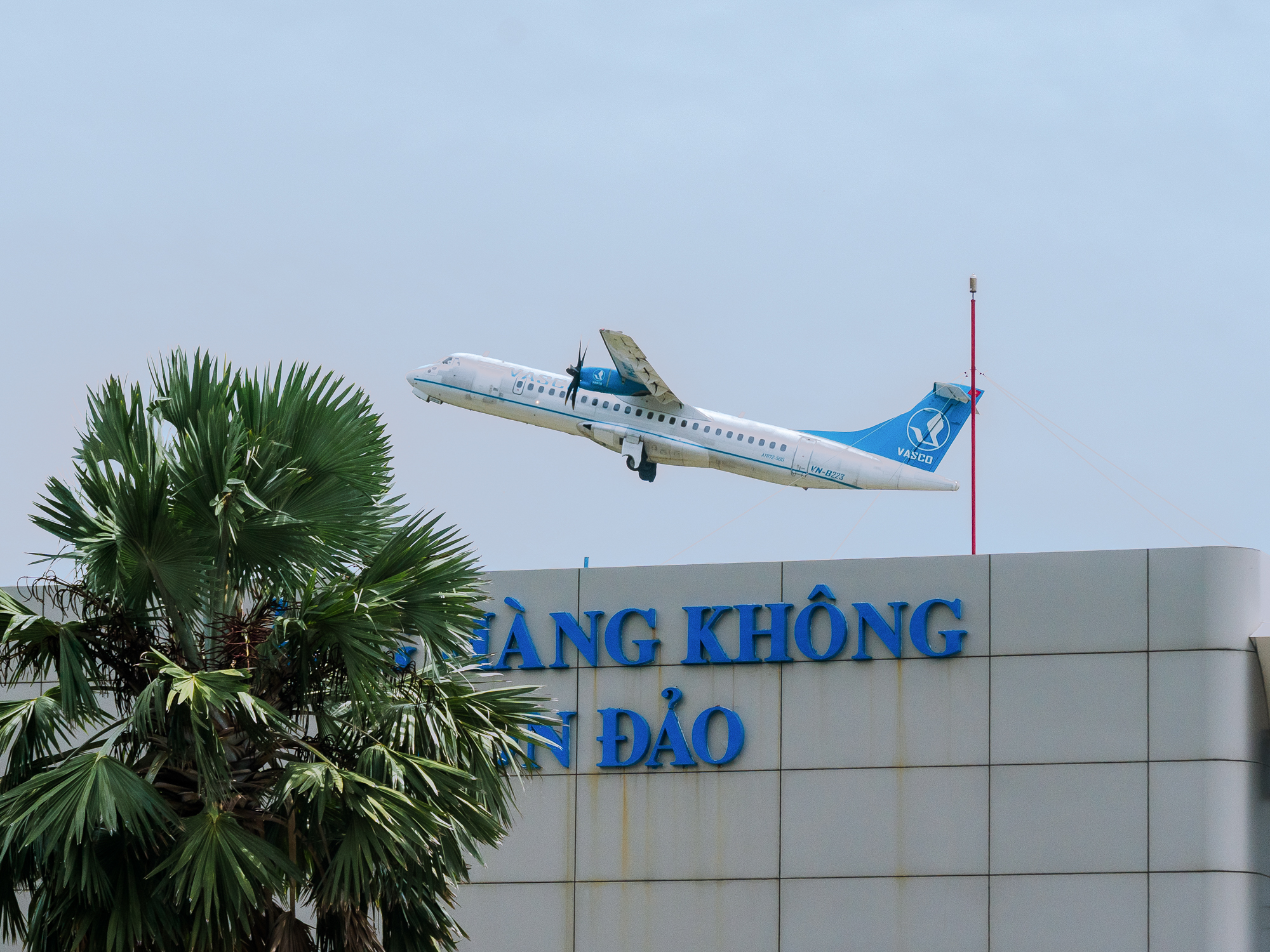
The airport also has a modest four aircraft parking positions compared to Tan Son Nhat’s approximately 100. The primary aircraft in use is the ATR-72, a small plane with a capacity of around 70 passengers, which is half that of common aircraft like the Airbus A320 or Boeing 737.
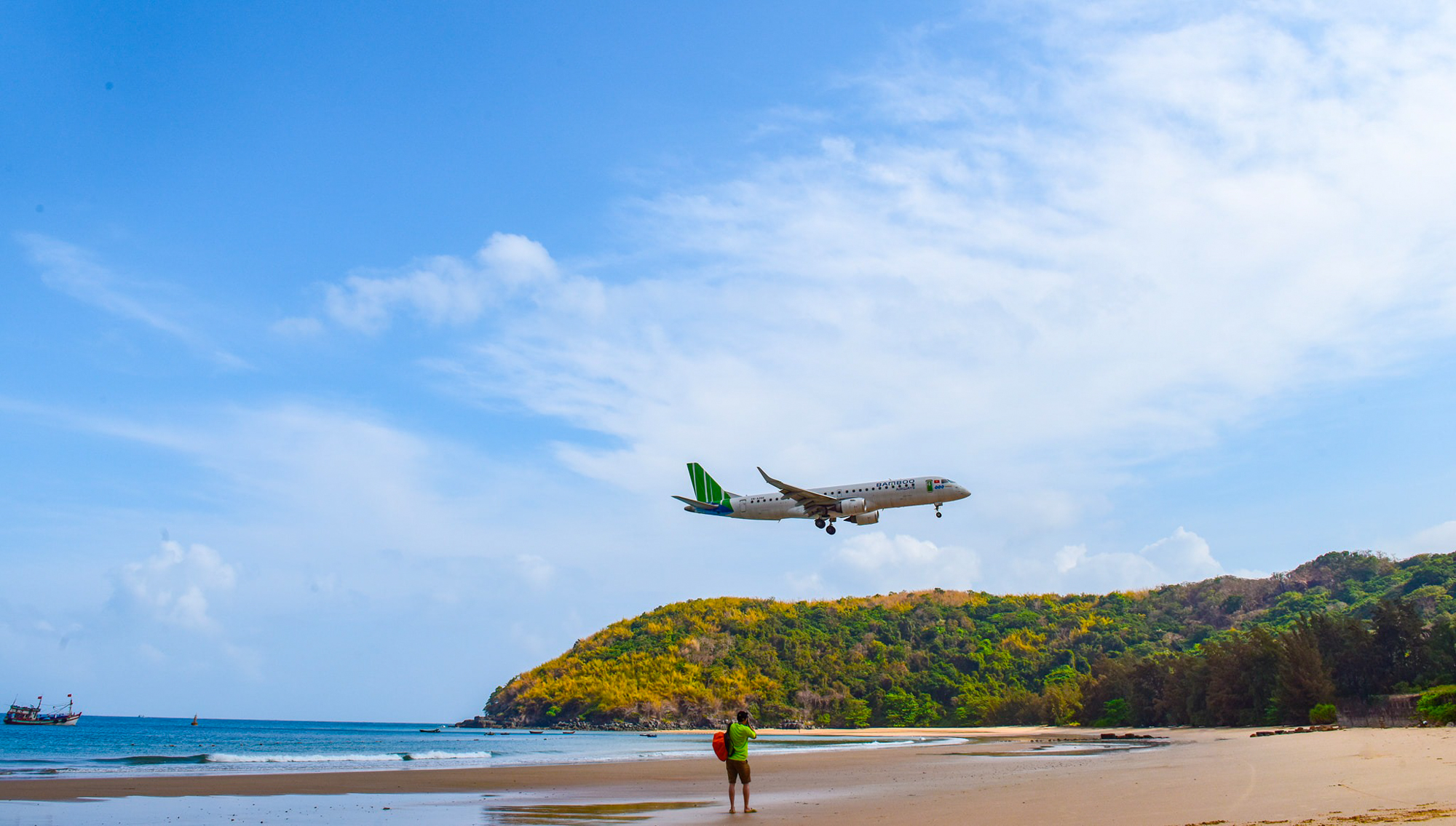
In addition to aircraft limitations, Con Dao Airport has only one operating airline as of April 1, 2024: Vietnam Airlines. Bamboo Airways previously ceased operations due to domestic airfare regulations. The aircraft type in use has high fuel consumption, which is inefficient given the rising fuel prices.
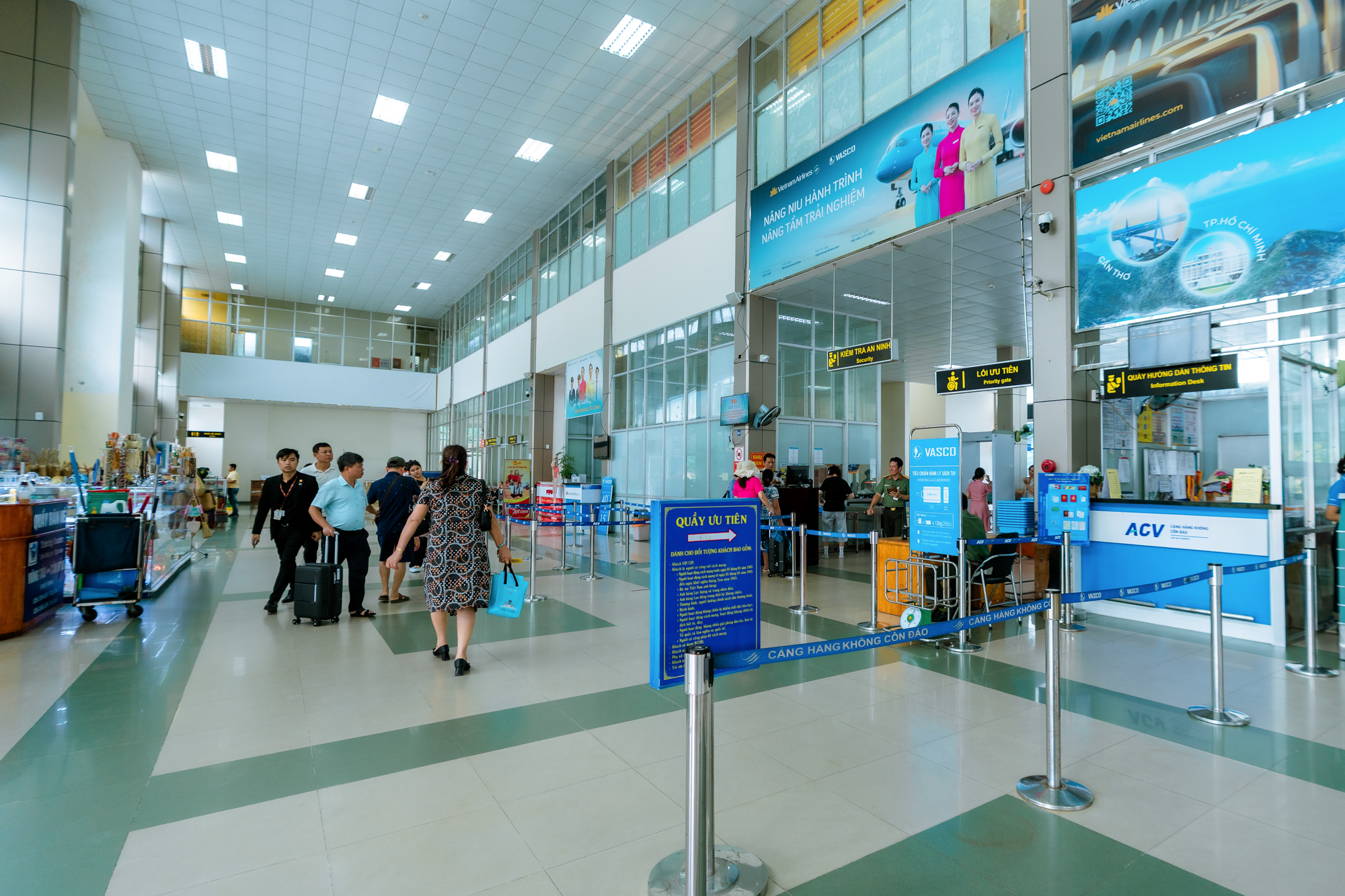
According to the 2019 plan, Con Dao aimed to attract 300,000 tourists by 2030. However, in 2024, it welcomed nearly 600,000 visitors, and in the first half of 2025, it has already received almost 400,000 tourists.
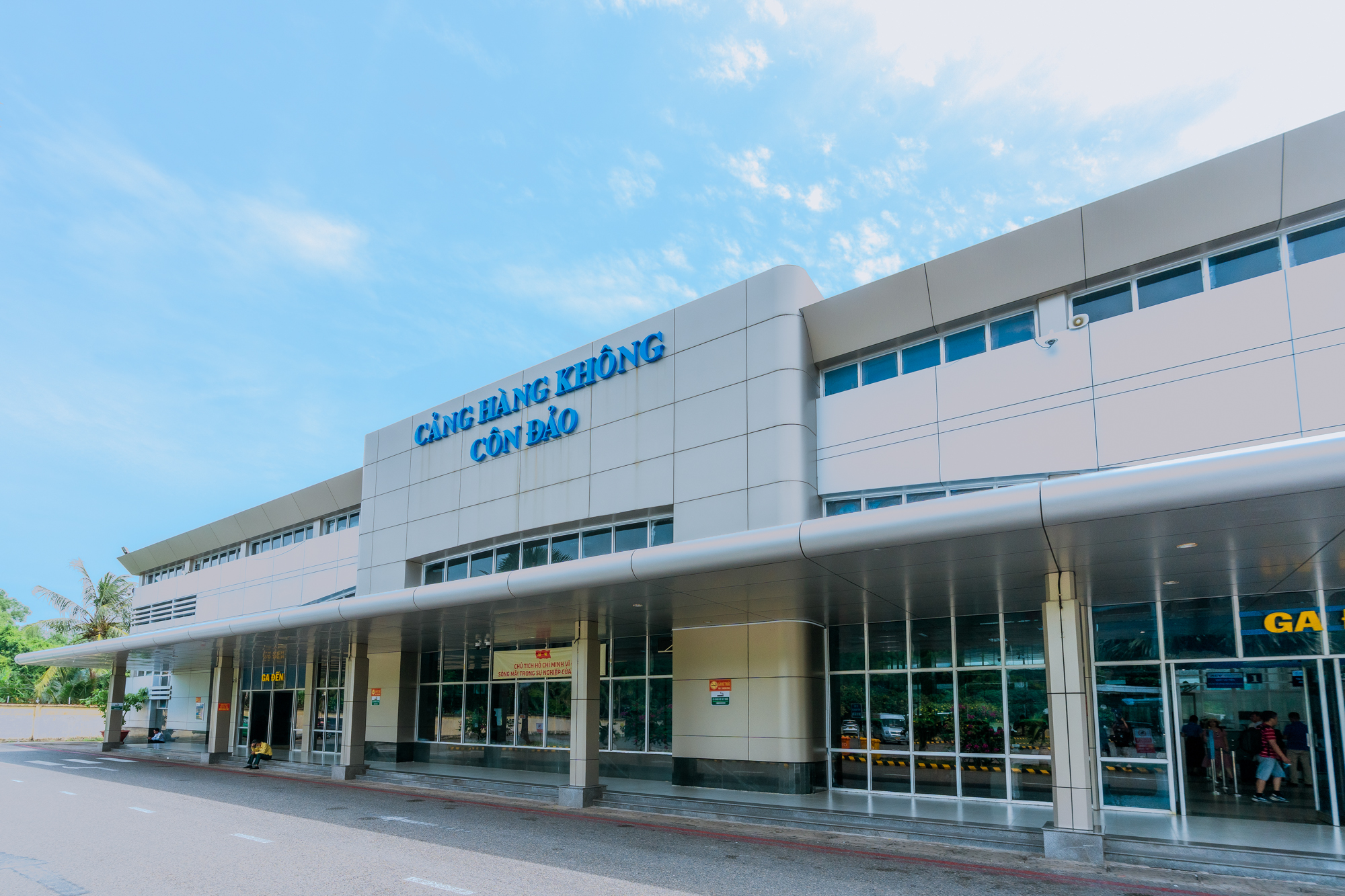
Recently, Sun Group proposed to fund the planning for the Con Dao Airport upgrade project, with a total investment of over VND 3,780 billion. This includes VND 1,680 billion for the airfield and VND 2,100 billion for the terminal, to be implemented in the 2021-2030 period, with a vision towards 2050.
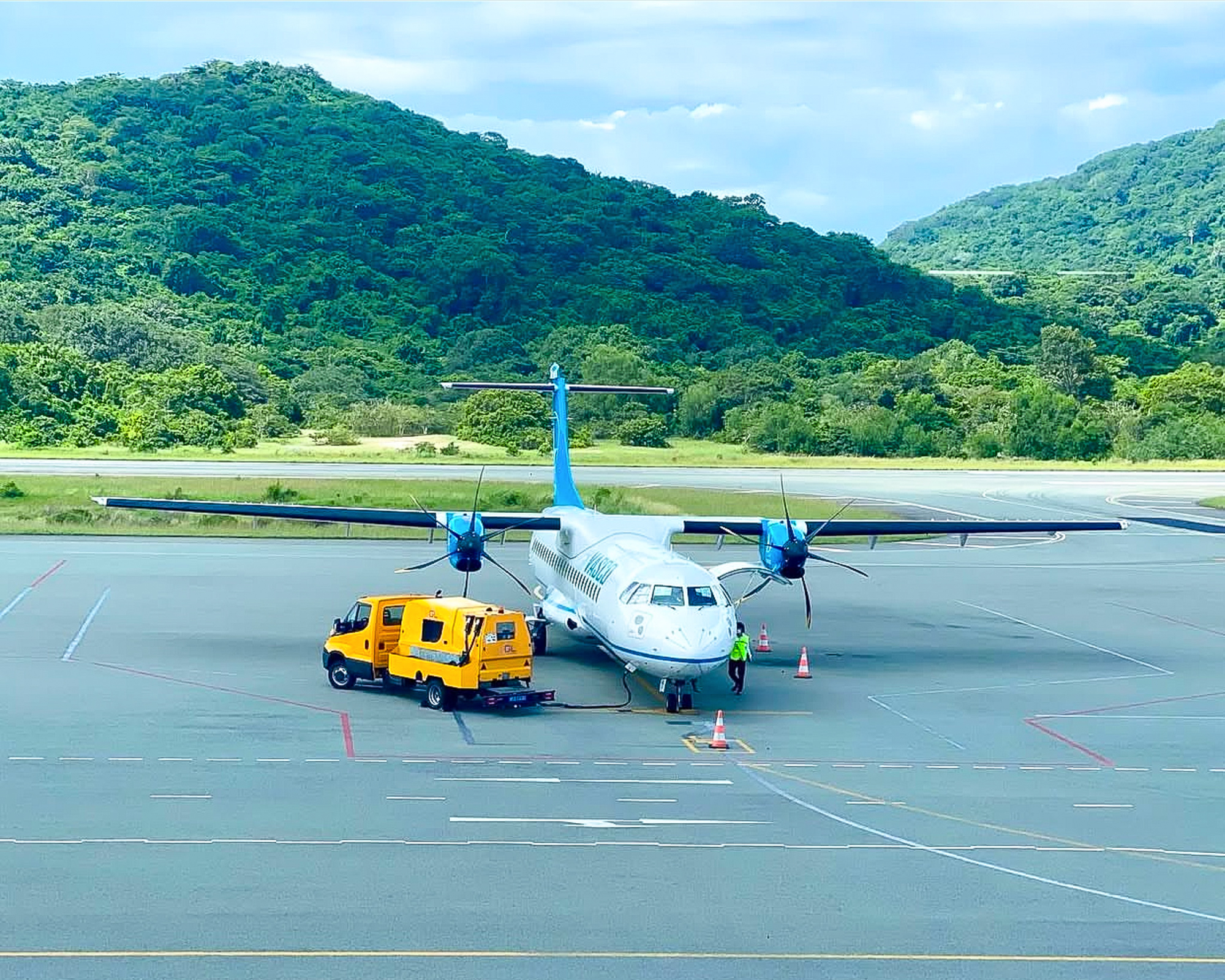
According to the proposal by ADPi (France), the airport will feature a widened runway of 45 meters, additional taxiways, night lighting, and modern landing equipment, meeting the 4C standard and potentially upgrading to 4E to accommodate larger aircraft like the A350 and Boeing 787, with a capacity of approximately 300 passengers. Photo: Instagram ht.cica.
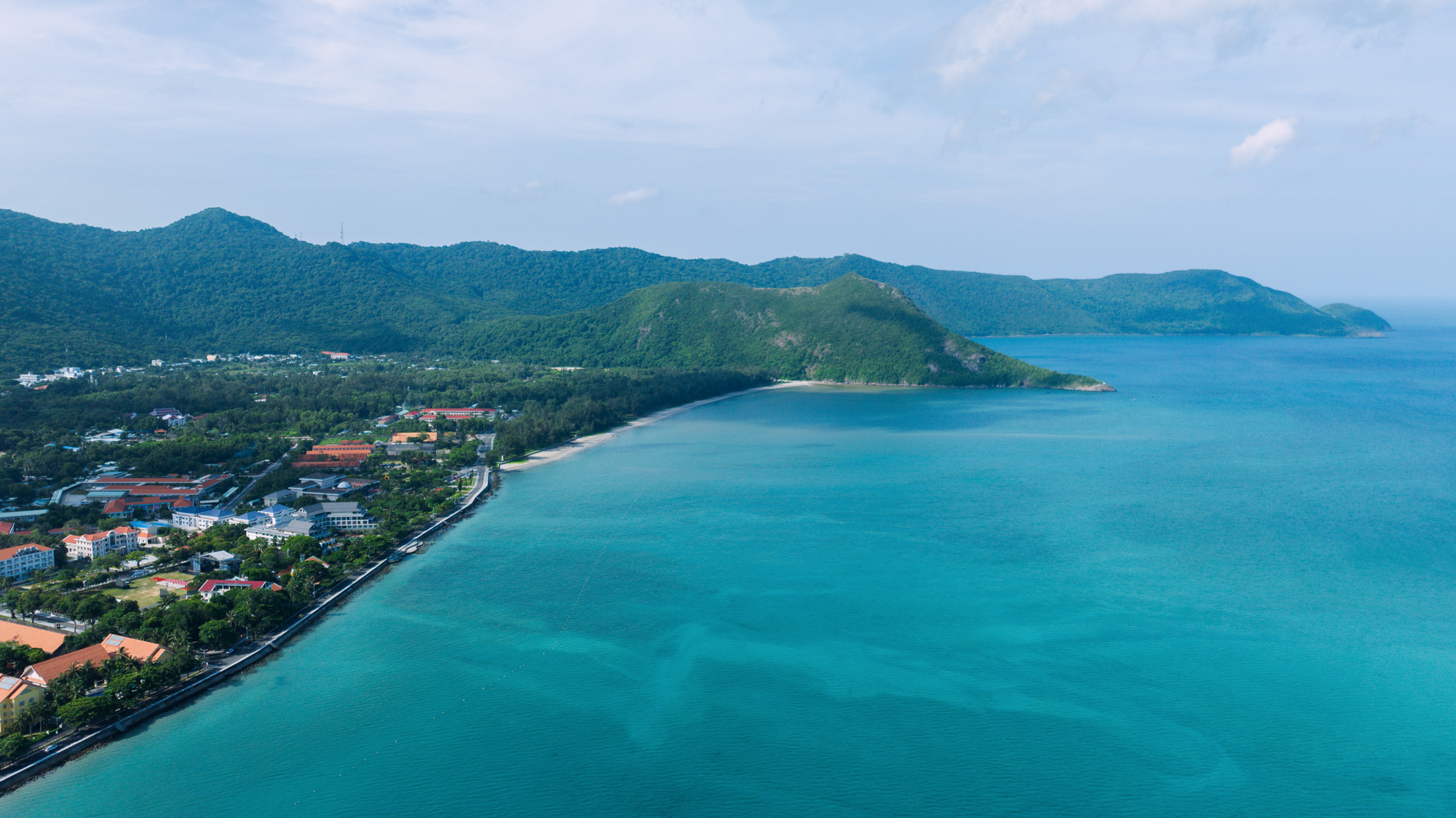
Upon completion, the airport is expected to serve 2 million passengers annually by 2030 and 3 million by 2050. It will also offer international flights and support national defense. Photo: Instagram ht.cica.
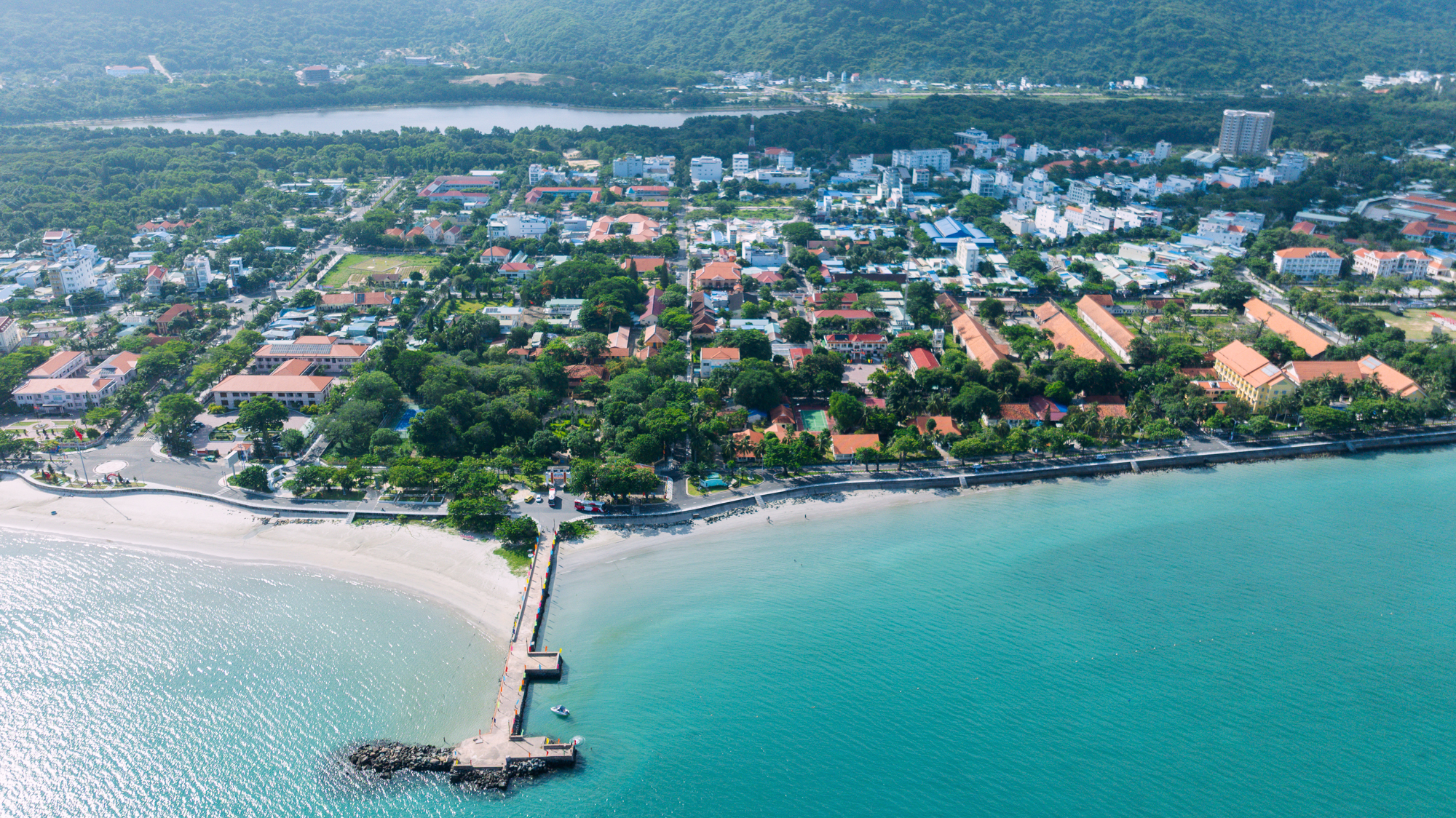
With upgraded infrastructure, the Con Dao Airport will be able to accommodate larger aircraft and potentially offer direct flights to Phu Quoc and Can Tho. This will reduce travel time, enhance regional connectivity, and boost the potential of the southern coastal, island, and river tourism axis. Additionally, with increased passenger traffic and improved accessibility, the real estate value in the Con Dao Special Zone is expected to rise.
Underground or Overground: Connecting Tan Son Nhat and Long Thanh with an Efficient Rail System
Let me know if you would like me to tweak it further or provide additional suggestions.
“The Prime Minister has directed relevant authorities and local governments to explore the development of an underground or urban rail system connecting Tan Son Nhat and Long Thanh International Airports. This ambitious initiative aims to revolutionize transportation between these two vital aviation hubs, offering a seamless and efficient travel experience for passengers and locals alike.”
A Quiet Tranquility at Tan Son Nhat Airport on the 29th Day of Tet
On the last day before the Lunar New Year, the Tan Son Nhat International Airport in Ho Chi Minh City, Vietnam, was bustling with activity. The airport anticipated a busy day, with 784 flights scheduled and over 107,000 passengers expected to pass through its gates. As the final travelers rushed to their destinations, the atmosphere was electric with the excitement and anticipation of the upcoming holiday.
“Submitting the Master Plan for Con Dao Airport to the Prime Minister in Q2, 2025”
Deputy Prime Minister Tran Hong Ha has instructed the Ministry of Transport and the People’s Committee of Ba Ria-Vung Tau province to undertake a study and formulate a master plan for the Con Dao Airport for the period 2021-2030, with a vision towards 2050. The plan is expected to be submitted to the Prime Minister in the second quarter of 2025.
Unlocking the Traffic Gridlock: Three Key Infrastructure Projects Delayed Beyond Year-End Target
The Tân Sơn Nhất Airport gateway remains congested, with traffic woes persisting due to land clearance hurdles. A series of projects aimed at alleviating this bottleneck have faced significant delays, leaving commuters frustrated and businesses hampered. It is a challenging situation that demands urgent attention and innovative solutions to bring much-needed relief to this critical transport hub.






